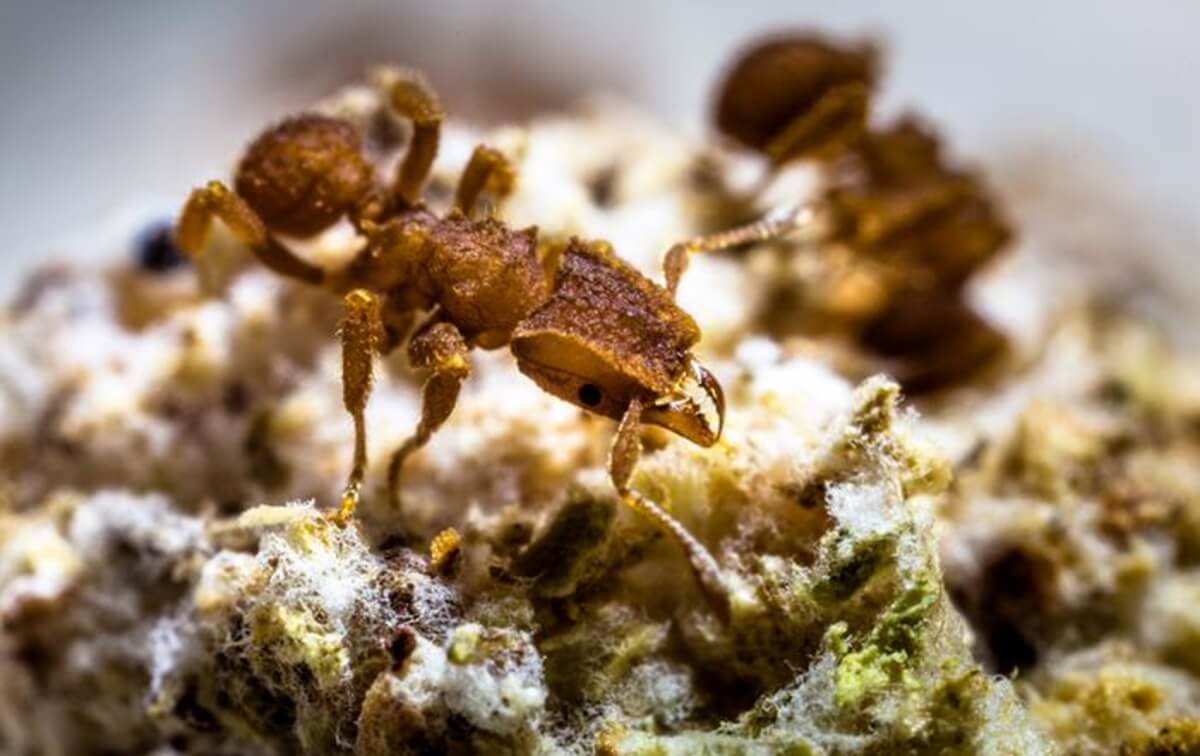The asteroid that wiped out the dinosaurs also brought opportunities for new life. Scientists have found that after the asteroid wiped out many plants, ants started farming fungi to help them survive and get the food they needed in tough times.
The meteor impact 66 million years ago created a low-light environment that allowed fungi that fed on organic matter to survive, as many plants and animals died. Additionally, the dust in the skies made it difficult for plants to undergo photosynthesis — converting light energy to make food. With the spread of fungus, researchers found it allowed fungus-farming ants to thrive in these dark times. The findings preview the start of the mutualistic relationship shared between several fungi species and ants.
“The origin of fungus-farming ants was relatively well understood, but a more precise timeline for these microorganisms was lacking. The work provides the smallest margin of error to date for the emergence of these fungal strains, which were previously thought to be more recent,” says study co-author André Rodrigues, a professor at the Institute of Biosciences of São Paulo State University (IB-UNESP) in Brazil, in a media release. The study is published in the journal Science.
Researchers studied the genetic remains of 475 fungal species cultivated by ants from all over the Americas. They narrowed their focus on ultra-conserved elements of the fungal genomes. These regions stay in the genome through the evolution of a group, genetic evidence that links back to the most ancient ancestors.



This is particularly wild:
This is just another example of how little we understand about fungi as an entire kingdom